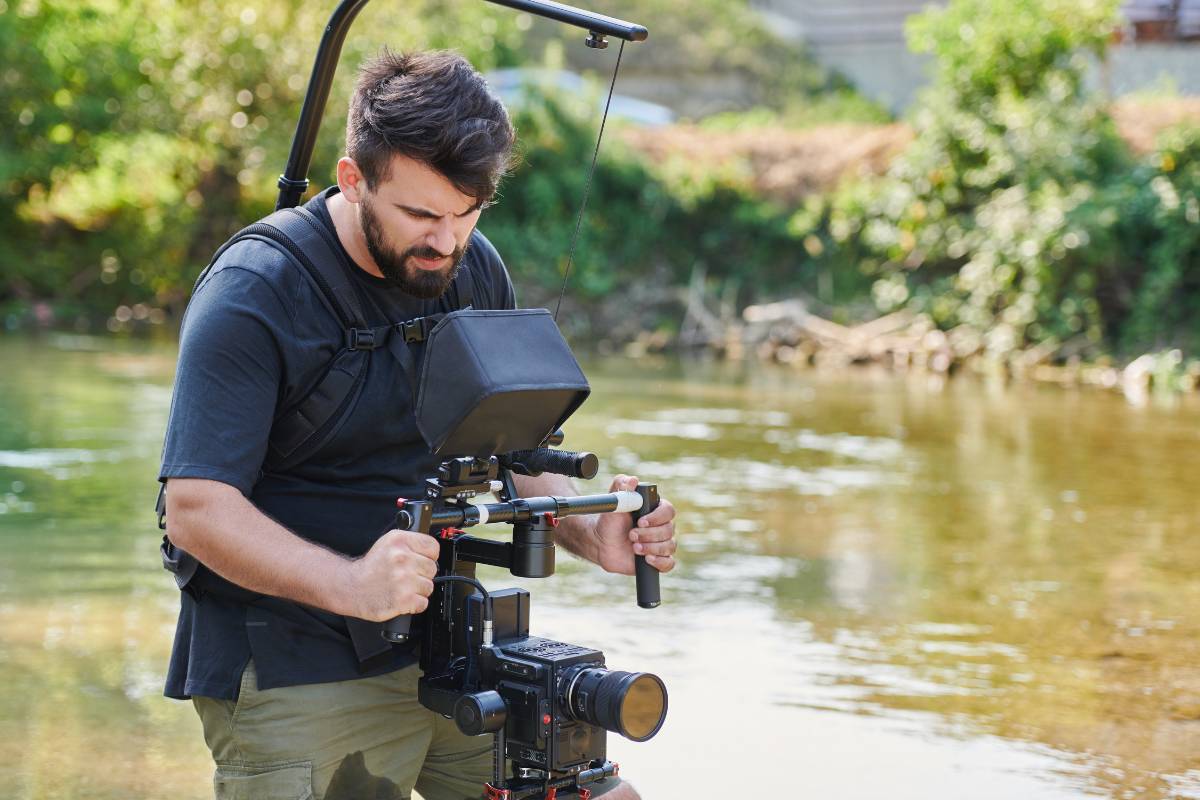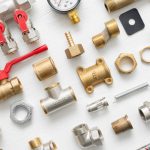Choosing the right equipment is a critical aspect of photography and cinematography. Whether you’re a seasoned professional or a beginner, the plethora of options available in the market can be overwhelming.
Making informed decisions about cameras, lenses, and accessories is crucial to achieving your creative vision. This comprehensive guide will explore key factors to consider when selecting equipment for both photography and cinematography.
Table of Contents
1. Define Your Purpose
Before delving into the technical specifications of equipment, it’s essential to define the purpose of your work. Are you a landscape photographer, a portrait photographer, or a filmmaker focusing on documentaries?
Understanding your niche will guide your equipment choices. For example, a wildlife photographer might prioritize a camera with fast autofocus and a long telephoto lens. In contrast, a filmmaker might prioritize a camera with excellent video capabilities.
2. Assess Your Budget
Phenomena Photography & Cinematic gear can range from budget-friendly to high-end professional equipment. Assess your budget realistically and allocate funds according to your priorities. Remember that the most expensive gear isn’t always necessary for achieving outstanding results. Consider the cost-performance ratio and invest in equipment that aligns with your skill level and specific needs.
3. Choose the Right Camera
The right camera is perhaps the most crucial decision in photography and cinematography. Different cameras cater to various needs, and factors such as sensor size, resolution, low-light performance, and frame rates should be considered.
Full-frame cameras offer superior image quality, while crop sensor cameras might be more budget-friendly and portable. Features like 4K video, high frame rates, and log profiles for color grading are essential considerations for cinematography.
4. Pick the Right Lenses
Lenses play a pivotal role in shaping the visual language of your work. Consider the focal length, aperture, and optical quality when choosing lenses. Prime lenses with wide apertures are excellent for achieving a shallow depth of field and performing well in low light.
Zoom lenses provide versatility, making them suitable for various shooting scenarios. Invest in high-quality lenses, which often outlast camera bodies and contribute significantly to image and video quality.
5. Consider Lighting Equipment
Whether you’re a photographer or a cinematographer, understanding and manipulating light is fundamental to your craft. In addition to natural light, investing in artificial lighting equipment can elevate your work. For photography, a good external flash and reflectors are essential. At the same time, cinematographers might require continuous lighting sources such as LED panels or tungsten lights. Consider your lighting equipment’s portability, color accuracy, and power output.
Consider factors such as light intensity, color temperature, and flexibility in adjusting brightness and direction. Research various lighting setups and techniques to understand how different equipment can enhance your creative vision. Additionally, factor in your budget constraints and prioritize investing in versatile, high-quality lighting fixtures that can adapt to various shooting scenarios and deliver professional results. By carefully evaluating these aspects, you can select the right lighting equipment that meets your artistic goals and technical demands in both photography and cinema.
6. Evaluate Accessories
Accessories can enhance the functionality and versatility of your equipment. A sturdy tripod is indispensable for photographers and cinematographers, providing stability for long exposures or video shots.
Filters like polarizers or ND filters can improve image quality and control light exposure. In cinematography, accessories like stabilizers or gimbals contribute to smooth, professional-looking footage. Consider your workflow and shooting style when selecting accessories.
7. Research and Test
Before making any purchase:
- Conduct thorough research.
- Read reviews, watch tutorials, and seek recommendations from experienced professionals.
- If possible, visit a camera store to physically handle and test the equipment.
Understanding how a camera feels in your hands, how the controls operate, and how the interface works can significantly impact your overall satisfaction with the gear.
Crafting Your Vision through Informed Equipment Choices
Choosing the right equipment for photography and cinematography is a nuanced process that requires careful consideration of your creative goals, budget, and technical requirements. Define your purpose, assess your budget realistically, choose the right camera and lenses, consider lighting equipment, evaluate accessories, and conduct thorough research before making any decisions.
By taking a thoughtful and informed approach to equipment selection, you can ensure that your gear aligns seamlessly with your artistic vision, ultimately enhancing the quality and impact of your work.
















